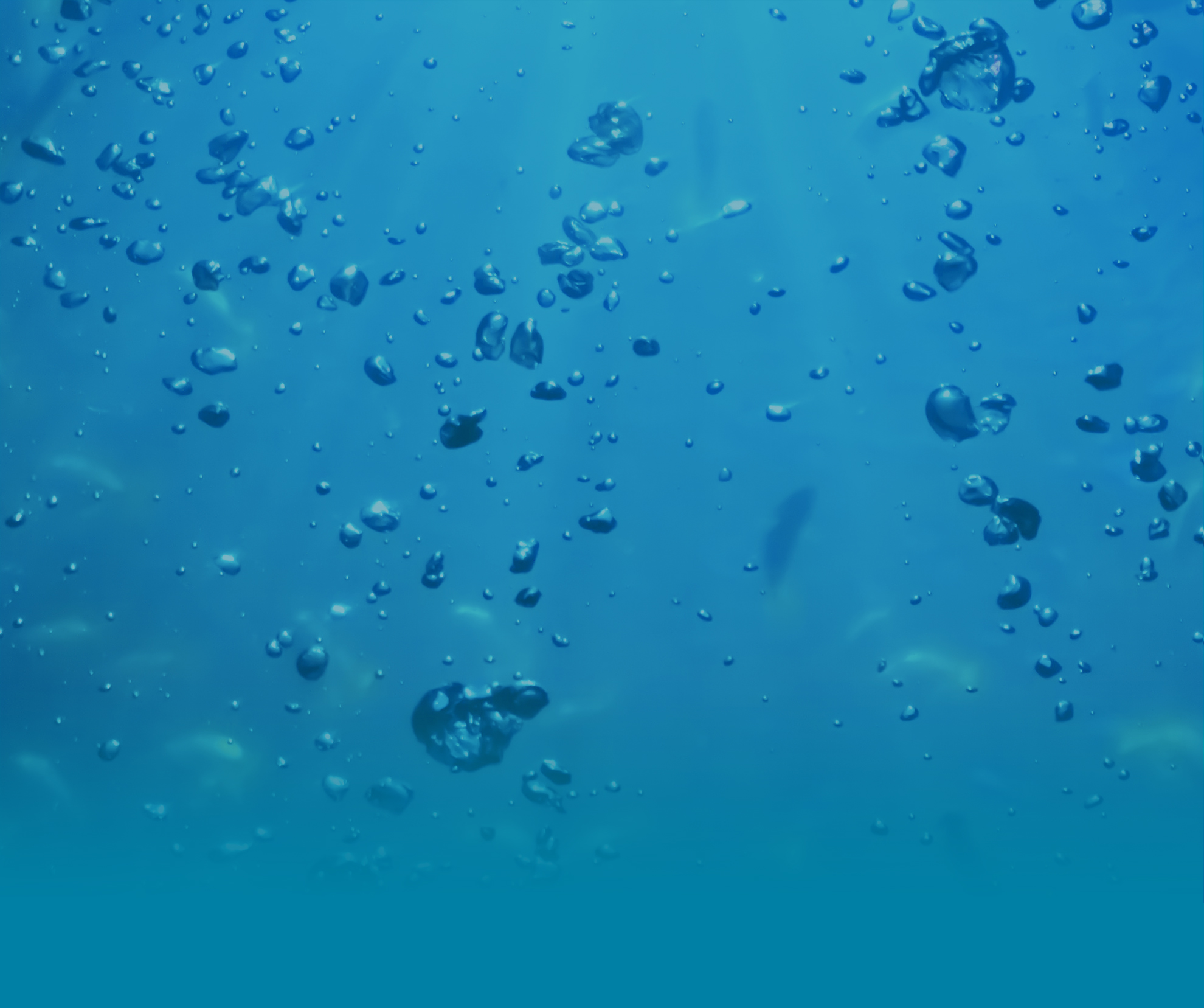The aim of this study was to examine migration routes and losses of Atlantic salmon smolt past three hydropower stations, which were the Unkelmühle (River Sieg), Gengenbach (River Kinzig), and Kuhlemühle (River Diemel) power stations. These three power stations represent the use of different technologies to reduce negative impact on downstream migrating fish.
Unkelmühle: The power station has three Francis turbines with a total capacity of 27 m3s-1 and exploits a drop of 2.7 m. Each of the three turbine intakes are covered by a horizontally sloped rack (27° relative to the ground) with 10 mm bar spacing.
Gengenbach: The power station in Gengenbach is a run-of-the river power station in the Kinzig, 30 km upstream from the confluence with the Rhine (figure 3.6, 3.7). A movable Kaplan bulb turbine (maximum capacity of 20 m3s-1, figure 3.8) is installed in the dam, which exploits a drop of 3.2 m.
Kuhlemühle: is a run-of-the river power station on the Diemel, 4 km downstream from the town Warburg (figure 3.10, 3.11). A 4-bladed Archimedes screw turbine is installed (3.4 m diameter and 7 m long, figure 3.12), which is run on either slow (12 revolutions per minute) or fast speed (24 revolutions per minute), corresponding to a water discharge through the turbine of 3 m3s-1 and 5 m3s-1, respectively. There is no rack in front of the Archimedes screw to prevent fish from entering the turbine.
The study was performed by tagging 525 Atlantic salmon smolt with radio transmitters and recording their migration when passing the power stations. In 2015, the loss of downstream migrating smolt due to the power station was 12.8% at Unkelmühle and 3.1-6.3% at the power station in Gengenbach. This represents the percentage of smolt entering the power station area that were lost due to this being a power station instead of a free-flowing river. Immediate mortality for smolt that passed through the Archimedes screw turbine at Kuhlemühle was estimated at 0-8%. Results showed that also reservoirs upstream of power stations can be areas of high mortality. Of smolt entering the reservoir upstream of Unkelmühle, 7.2% and 17.1% (two study years) were lost due to this being a reservoir instead of a free-flowing river. The main reason was likely presence of more fish predators (i.e., larger fishes eating smolt) in the slowflowing reservoir compared to the free-flowing river stretches.
The study Downstream migration of Atlantic salmon smolt at three German hydropower stations [pdf, 6.1 MB, English] is available for download.
Dr. Detlev Ingendahl
Ministerium für Klimaschutz, Umwelt, Landwirtschaft, Natur- und Verbraucherschutz Nordrhein-Westfalen
Ref. IV-6, Flussgebietsmanagement, Gewässerökologie, Hochwasserschutz
40190 Düsseldorf
Tel.: +49-211-4566228
E-Mail: detlev.ingendahl@mulnv.nrw.de






